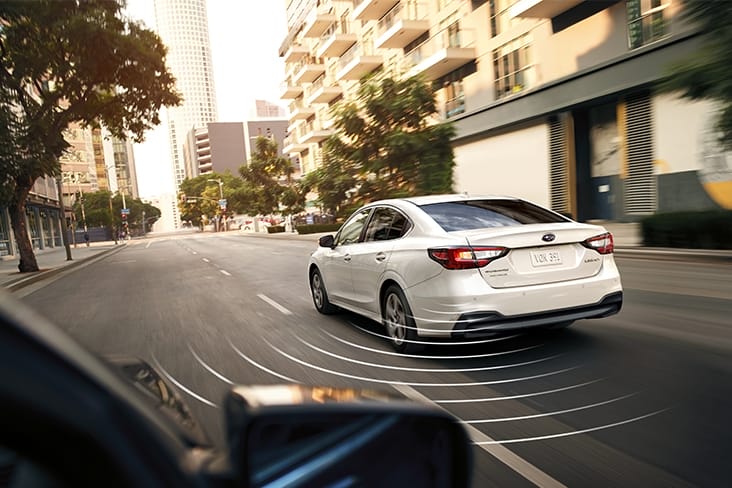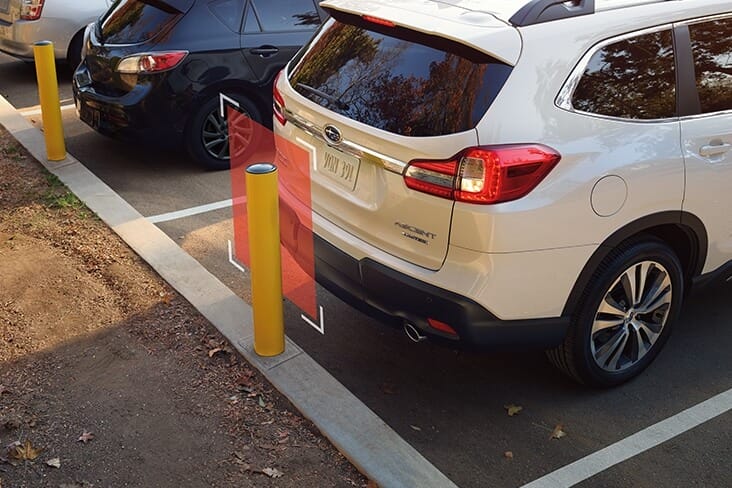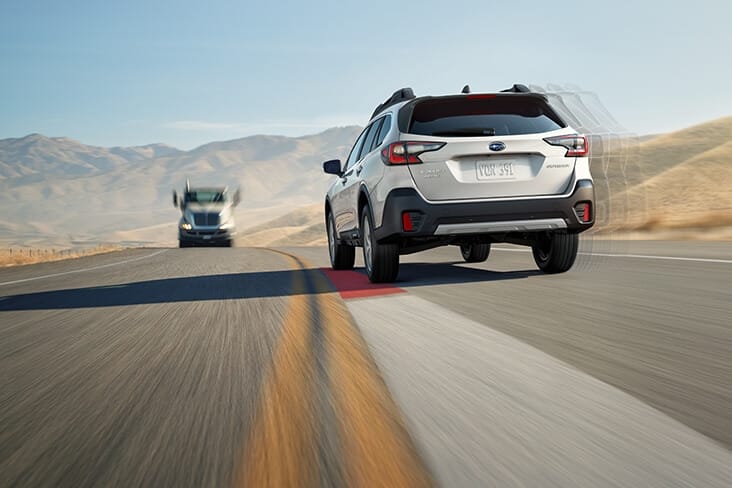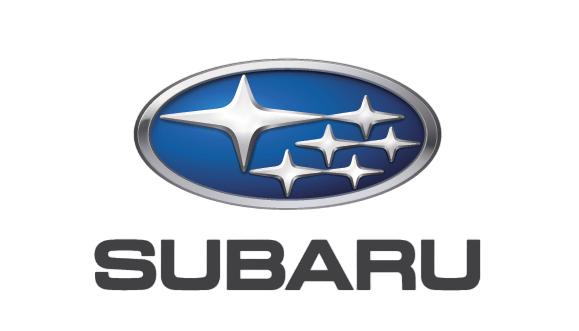Subaru is a world leader when it comes to integrating cutting-edge intelligent safety systems into its vehicles. One of these is Subaru Rear Vehicle Detection (SRVD) – one of the most advanced on the market today, and a crucial part of Subaru’s aim to achieve a goal of zero fatal traffic accidents by 2030.
But what is SRVD? How does it work? And what advantages does it give to the driver and passengers?
Everything You Need to Know about Subaru Rear Vehicle Detection
SRVD is one element of Subaru’s innovative safety technologies – all of which are fitted to their vehicles as standard. It works in combination with other active, passive and EyeSight Driver Assist applications to provide incredible safety features that not only protect the car’s occupants, but those in the vicinity as well.
SRVD utilises four separate – but integrated – safety dimensions, known as:
- Blind Spot Monitoring
- Rear Cross Traffic Alert
- Reverse Automatic Braking
- Lane Change Assist
Each of these works through information returned from multiple strategically placed sensors, radars and cameras. These provide a constant flow of data as you drive. This is processed through an onboard computer and, if necessary, the vehicle responds with auditory and visual alerts. If needed, the system can automatically intervene if the driver fails to take appropriate action.
How SRVD Blind Spot Monitoring Works
Tiny sensors and cameras are embedded into the mirrors and rear bumper. This provides the intelligent blind spot monitoring system with the ‘eyes’ needed to constantly monitor the area behind and at the side of the car. No matter how good a driver you are, and no matter how great the car’s design, it’s impossible to manually visualise these blind spots – but the active safety system can. Should a vehicle, person or object be in or move into a blind spot, the system will trigger an alert.
This is typically a flashing warning light on the inner rim of the side mirror. There may also be an auditory alert.
Examples of when Blind Spot Detection might be activated include:
- A vehicle pulls into your blind spot as you’re about to change lanes.
- A child runs close to the side or back of your vehicle as you manoeuvre around the school car park.
- You’re reversing towards a low, out-of-line-of-sight object – such as a rock or barrier.
- A cat or dog scuttles towards your car just as you’re about to pull away from the kerb.
How SRVD Rear Cross Traffic Alert Works
The Rear Cross Traffic Alert works in conjunction with Blind Spot Detection. Again, it uses signals detected through the sensors, cameras and radar to warn if traffic (or a person, animal etc) is approaching as you reverse. For instance, if you’re backing out of a parking space or driveway and the system detects movement or an object, the warning lights on the side mirrors will blink and an audible signal will sound.

How SRVD Reverse Automatic Braking Works
Using data from the cameras and sensors, Reverse Automatic Braking does exactly as the title suggests. If you’re reversing and fail to notice an obstruction behind the vehicle, both visual and audible warnings will be triggered. If you don’t take appropriate action, the vehicle will automatically hit the brakes to avoid or reduce any damage caused by a collision.

How SRVD Lane Change Assist Works
This intelligent system will be triggered if there’s a fast-moving vehicle approaching in the lane next to you when you’ve signalled an intention to move over. Once you hit the indicator, sensors use an advanced algorithm to determine if a vehicle in the intended lane is moving too fast for a safe manoeuvre. The side mirror lights will flash, alerting you of a potentially dangerous move.
This is an excellent safety feature that actively lowers the accident risk for you, your passengers and other road users.
Together, the four elements of the Subaru Rear Vehicle Detection system provide a superior level of driving safety. There are options to switch them off, if required – but this will only disable them during that drive. Once the engine is turned off and on again, the systems will automatically be re-armed.

Subaru’s included-as-standard features don’t stop there. SRVD is complemented by a reversing camera that automatically deploys when you shift into reverse. There are also front and side camera/sensor monitors, an advanced vehicle dynamics control system, lane keep assist, active torque vectoring, high beam assist, automatic steering responsive headlights and the unique element of Subaru’s advanced safety system, known as EyeSight Driver Assist Technology.
Drive away safely today
While all these safety features might sound a bit complicated, there’s really only one crucial takeaway needed from all this information. And this is:
That Subaru takes safety extremely seriously. And that’s great news for you, your passengers and your family.
Thanks to the ultimate cutting-edge technology, you don’t need to do a thing to make them work. Simply start the engine and drive in complete confidence that the Subaru Rear Vehicle Detection system (in conjunction with all the other safety features) is constantly keeping you and your passengers safe.
No matter what your choice of Subaru vehicle – from the freedom of the Subaru Crosstrek to the electric Solterra, the joyride of the BRZ to the family-friendly but adventurous Forester – safety is built into the DNA of every Subaru as standard.
Learn more about Subaru’s advanced integrated safety features at Perth City Subaru, and discover new Subaru cars for sale today!

